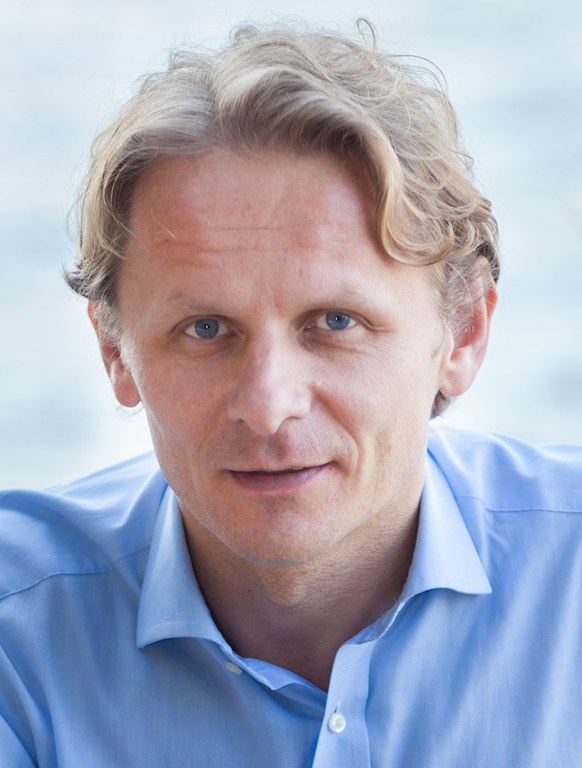Ivan Đikić, PhD - "ER remodelling via ER-phagy pathways"
- When Nov 08, 2021 from 12:00 PM to 01:30 PM (Europe/Berlin / UTC100)
- Where Tigem Auditorium Vesuvius
- Contact Name Paolo Grumati and Carmine Settembre
- Contact Phone 08119230659
-
Add event to calendar
iCal
- https://www.tigem.it/newsroom/seminars/ivan-dikic-phd-er-remodelling-via-er-phagy-pathways
- Ivan Đikić, PhD - "ER remodelling via ER-phagy pathways"
- 2021-11-08T12:00:00+01:00
- 2021-11-08T13:30:00+01:00

Ivan Đikić, PhD
Institute of Biochemistry II and Buchmann Institute for Molecular Life Science,
Goethe University, Frankfurt/Main, Germany
Short CV
Abstract
The endoplasmic reticulum (ER) is the largest intracellular endomembrane system enabling synthesis and transport of cellular components. Constant ER turnover is needed to meet different cellular requirements and autophagy plays an important role in this process. In mammalian cells the ER is degraded via a selective autophagy pathway (called ER-phagy) and mediated by specific ER-resident proteins that interacts with LC3, via conserved LC3-interacting region (LIR). Reticulon-type protein FAM134B is responsible for the turnover of ER sheets as its overexpression stimulates ER fragmentation and delivery to lysosomes via the autophagy pathway. Conversely, blockade of autophagy or depletion of FAM134B triggers a marked increase in the ER volume. Mutations of FAM134B in humans are unable to act as ER-phagy receptors and cause sensory neurodegeneration. We have also identified full length reticulon 3 (RTN3) as a specific receptor for the degradation of ER tubules. The major questions we are exploring at the moment deal with the action of reticulon domains in banding the membranes and the regulatory mechanisms of a family of co-receptors that assist FAM134B or RTN3 proteins in selecting the appropriate cargoes during the ER-phagy process. In addition, genetic and proteomic screens have revealed a subset of proteins that are required for diverse ER-phagy pathways. Given the physical and functional connection of ER to other organelles inside the cell – ER-phagy might also impact the function of other organelles as well. I will discuss the relevance of novel components of ER-phagy pathways in pathogenesis of neuropathies and infection diseases.
